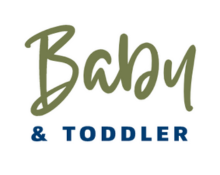
There are several types of breast pumps available on the market, each with its own features and benefits. Here are the most common types of breast pumps:
Manual breast pumps: Manual breast pumps are operated by hand and do not require electricity or batteries. They are typically lightweight, portable, and affordable. Manual pumps are suitable for occasional use or when you need to express milk in situations where power sources are not readily available. They allow you to control the suction level and speed manually.
Electric breast pumps: Electric breast pumps are powered by electricity and offer the convenience of automatic pumping. They typically have adjustable suction levels and speed settings, allowing you to customize the pumping experience. Electric pumps are efficient and save time, making them suitable for regular or frequent pumping. They come in both single and double pump options.
Double electric breast pumps: Double electric breast pumps have two pumping mechanisms, allowing you to express milk from both breasts simultaneously. This can save time and stimulate milk production. Double pumping is especially beneficial for working mothers or those who need to pump frequently.
Hospital-grade breast pumps: Hospital-grade breast pumps are high-powered, durable pumps typically used in hospital settings. They are designed for frequent, long-term use and are highly efficient in establishing and maintaining milk supply. Hospital-grade pumps are often rented or loaned out to mothers who have specific breastfeeding needs, such as premature babies or difficulties with milk production.
Wearable or hands-free breast pumps: Wearable breast pumps are compact and designed to be worn discreetly inside a bra, allowing for hands-free pumping. These pumps are often wireless, rechargeable, and have a quiet motor, making them convenient for pumping on the go or while multitasking. They offer flexibility and freedom of movement, providing convenience for busy mothers.
It’s important to consider your individual needs, frequency of pumping, and lifestyle when choosing a breast pump. Factors such as suction strength, comfort, ease of cleaning, portability, and compatibility with accessories like breast milk storage bags should also be taken into account. Consulting with a lactation consultant or speaking with other breastfeeding mothers can provide valuable insights and recommendations on the best type of breast pump for your specific situation.
